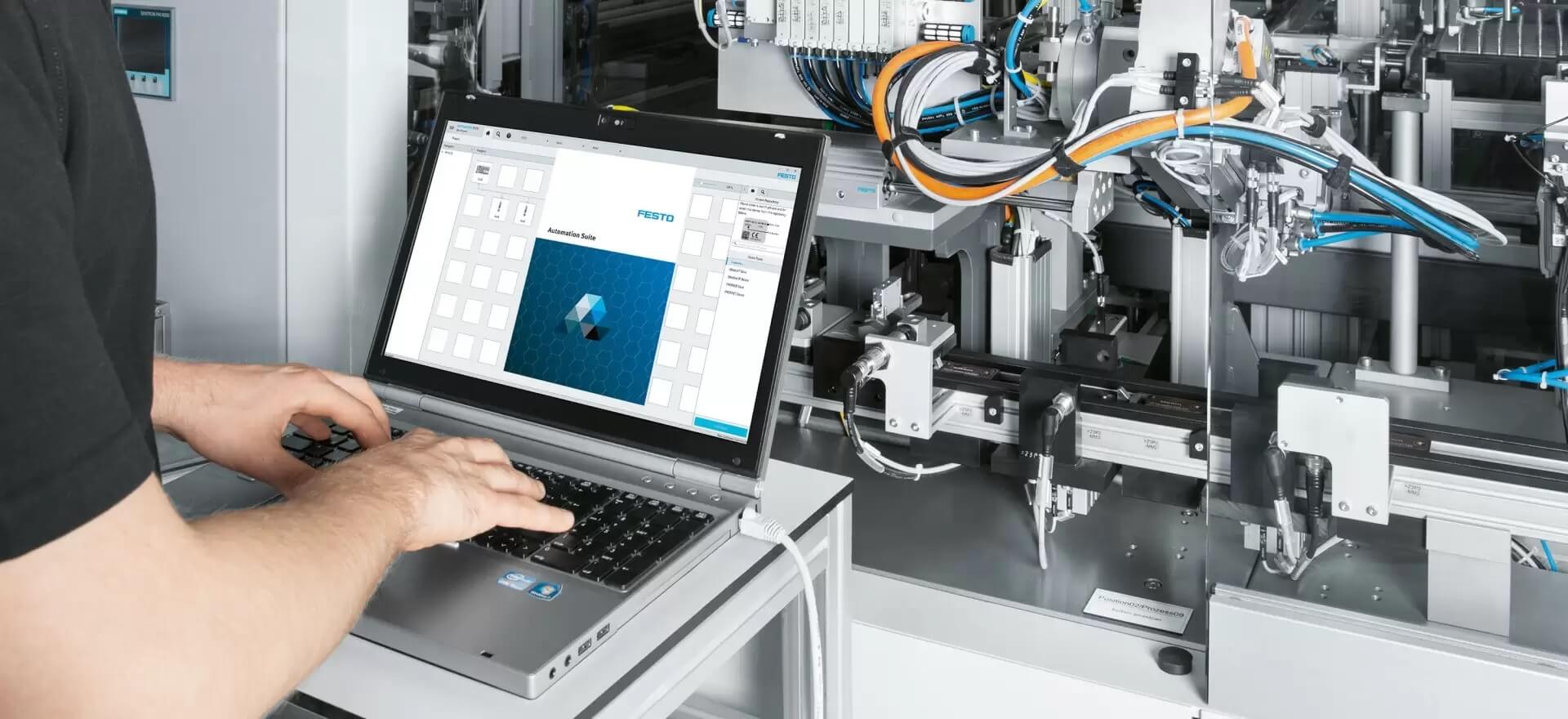Why Charging Properly for Automation Setup Services Is Critical
Setting the right price for automation setup services is essential for both your credibility and long-term success. When clients see your service as a high-value investment, they are more willing to commit and respect your expertise. Automation isn’t just about connecting apps—it’s about creating streamlined workflows that save businesses hours of manual work and thousands of dollars in labor costs. Proper pricing positions your service as a professional solution rather than a cheap technical fix. It also reflects the level of skill, strategy, and customization you bring to the project. By charging what your service is truly worth, you attract serious clients who value results over bargains. Ultimately, pricing is more than a transaction; it’s a statement of the transformation you can deliver.
Core Factors That Influence What You Should Charge
Several key factors determine how much you should charge for automation setup services. One of the biggest is the complexity of the workflow—simple automations with one or two triggers require less time than multi-step integrations involving multiple platforms. The size and industry of the client also play a role, as larger businesses often have more extensive requirements and higher budgets. The tools involved, such as Zapier, Make, or HubSpot, can influence the setup time and licensing costs. Pre-project activities like process mapping, consultations, and testing also add value and should be factored into your rates. Ongoing support, troubleshooting, and training, if offered, can increase the price point. Considering these elements ensures your pricing reflects the true scope of the work.
Pricing Models That Work for Automation Setup Services
Choosing the right pricing model is crucial when deciding how to charge for automation setup services. Many consultants prefer project-based pricing because it allows for clear expectations and rewards efficiency. Value-based pricing is another effective approach, especially when the automation significantly impacts the client’s revenue or cost savings. Some consultants offer tiered service packages, such as Starter, Advanced, and Full Automation, to appeal to a wider range of budgets. Retainer models work well for clients who need ongoing optimization or continuous updates. While hourly billing can be suitable for troubleshooting, it often undervalues the strategic impact of automation. Offering a free audit or consultation can help start the conversation, but be clear about when the work transitions to paid services.
How to Confidently Justify Your Rates to Clients
Being able to justify your pricing is as important as setting it. Clients are more likely to agree to your rates when they understand the return on investment. Demonstrate how your automation setup will save time, reduce manual errors, or increase revenue. Share examples of similar projects where automation transformed operations. Show comparisons of what it costs to perform tasks manually versus automating them. Use discovery calls to uncover hidden inefficiencies that your service can resolve. When faced with objections about price, frame your service as a strategic business investment rather than just a technical setup. Confidence in your value makes it easier for clients to accept your pricing.
Avoiding Common Pricing Mistakes That New Consultants Make
Many new consultants undercharge because they focus on time spent rather than the value delivered. Charging solely by the hour often leads to undervaluation, especially when your expertise allows you to work efficiently. Another common mistake is failing to include buffer time for scope creep, where clients request additional tasks beyond the original agreement. Some consultants offer discounts too early in the negotiation, which can undermine perceived value. Others forget to charge for essential steps like discovery, mapping, and training, treating them as free add-ons. Not positioning follow-up support as a paid service can also limit revenue opportunities. Avoiding these mistakes ensures you protect your time, expertise, and income potential.
Creating High-Value Packages That Command Premium Rates
Packaging your services into clear, high-value offers can make it easier to charge premium rates. Start by creating productized packages, such as basic automation bundles for small businesses or comprehensive systems for larger clients. Include recurring services like monitoring, updates, and optimization in higher-tier packages. Adding bonus materials, such as standard operating procedures (SOPs), training videos, or dashboard templates, increases perceived value. Use clear package names and descriptions that speak to the benefits rather than just the technical details. Present multiple package levels to cater to different budgets without lowering your rates. Well-structured packages make your pricing look more professional and justify higher fees.
When and How to Raise Your Prices
Raising your rates is a natural part of growing your automation consulting business. Signs that your rates are too low include being fully booked, having clients accept your pricing too quickly, or feeling undervalued. When you decide to increase your prices, communicate the change clearly to existing clients and provide advance notice. Use client results, testimonials, and improved processes as justification for the adjustment. Transitioning from freelancer rates to consultant-level pricing often requires a shift in mindset, focusing on your role as a strategic partner. Gradually increasing your rates over time ensures you remain competitive while still reflecting your growing expertise and demand.
Frequently Asked Questions (FAQ)
Q1: How do I know if I’m charging enough for my automation setup services?
A: Consider the value your setup provides. If clients are saving dozens of hours per month or significantly reducing operational costs, your pricing should reflect that transformation rather than just your time spent.
Q2: Should I charge hourly or by the project?
A: Project-based pricing often works best for automation setup services. It rewards efficiency and gives clients clarity, while allowing you to price based on the outcome rather than hours worked.
Q3: What if a client can’t afford my setup fees?
A: Offer a smaller starter package or focus on a limited automation that delivers quick results. Once the client sees the impact, they may be more willing to invest in a comprehensive solution.
Q4: Do I need to include training in my pricing?
A: It’s recommended to include training either in the package or as an add-on. Training helps clients use the system effectively and reduces support requests later.
Q5: Can I charge premium rates without being a technical expert?
A: Yes. Many automation consultants focus on strategy, process mapping, and no-code tools. Clients pay for the clarity and efficiency you bring, not just technical coding skills.

